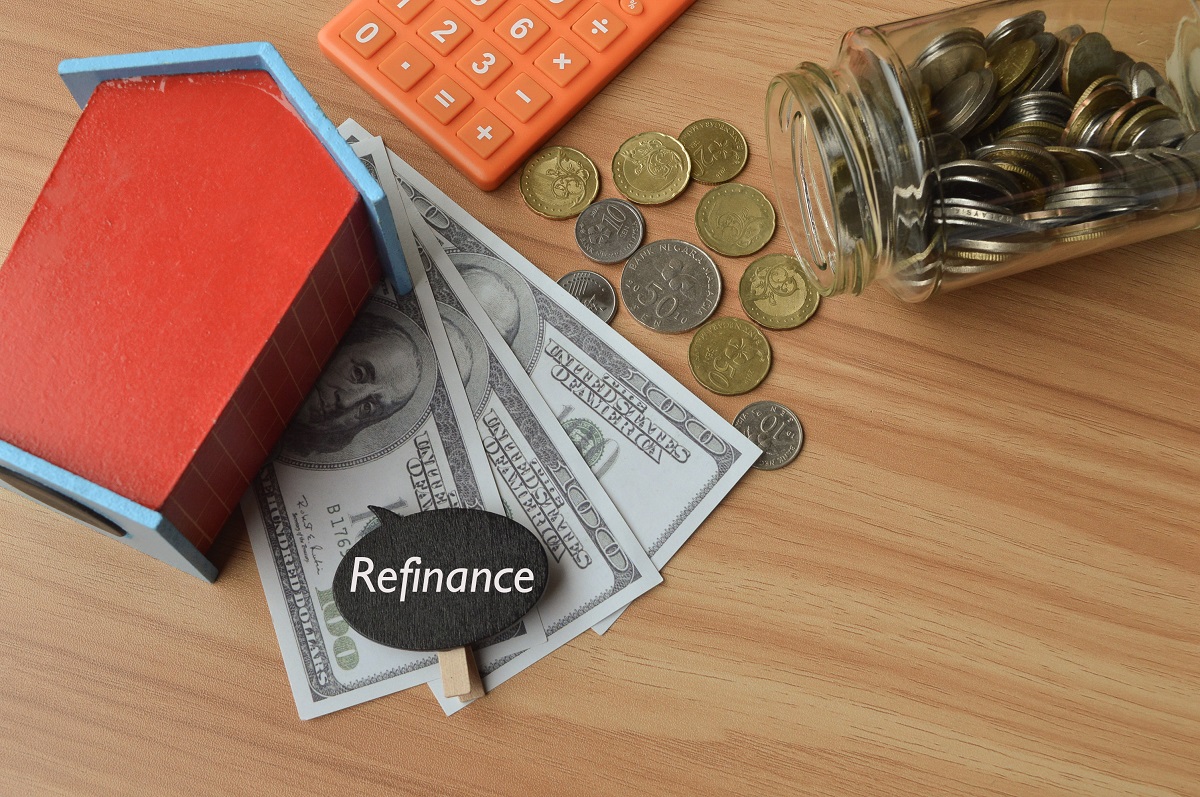


Is refinancing your home loan always the best option? Read on to learn about the potential drawbacks of this process to help you make an informed decision.

For many homeowners, refinancing a home loan can save money in monthly mortgage payments. In 2021, borrowers saved over $2,700 on average after refinancing their 30-year fixed-rate mortgage into similar loans.1
However, these savings tend to fluctuate based on factors like a home’s location and the housing market at the time. Although refinancing a home loan may seem like a favorable option, there are downsides to it.
Below, we’ll break down the disadvantages of refinancing a home loan, compare them with the advantages, and offer alternatives to a refinanced mortgage.
Refinancing a mortgage can be complicated, depending on factors such as your current needs and the housing market. Not all mortgage refinancing processes are the same, but once you grasp the potential benefits, it’s equally as important to be informed about the potential downsides to refinancing your home loan.
Here are three disadvantages of refinancing a home loan:
Although you may be changing the terms of your mortgage (e.g., interest rate, loan term), you can think of the mortgage refinancing process as taking out another loan.
There will likely be several costs associated with refinancing the mortgage that you’ll want to keep in mind, including:2
These costs typically vary by location and may change annually as the housing market changes. Therefore, it’s wise to compare refinancing costs across lenders before choosing to refinance your home loan or going with the first lender you come across.
Ideally, refinancing your current mortgage should help lower your payments in the long term. However, this is not always the case.
Even after applying for a refinanced mortgage at a lower interest rate, the closing costs may be much higher than you anticipated. If you end up adding these costs to the loan pay-off amount, it can actually increase your monthly payments.
That’s where calculating the break-even point—the ratio of total loan costs to monthly savings—is helpful. Comparing how long it will take to break even on the new loan vs. the old one will help determine whether it makes sense to refinance your home.3
Refinancing will most likely be disadvantageous if the number of payments left on the refinanced mortgage is much higher than those on your previous loan.
Depending on the specific mortgage you refinance into, you may end up extending the overall loan term, which increases the time it takes to be debt-free. Although your monthly payments might decrease with a longer-term, lower-interest loan, a longer term also means it will take more time to build significant equity in your home.4
Refinancing into a longer-term mortgage loan also becomes disadvantageous if you plan to use your home equity for another purpose, such as purchasing a smaller vacation property. With your new mortgage loan, your money is essentially tied up in the house since the equity you have in the home may be worth less than its value.4
In some cases, refinancing your home can be advantageous—especially if a life change will make it beneficial to take out a new fixed-rate mortgage.
The advantages of refinancing a home loan may include:4
See related: What is a Cash-Out Refinance?
So, what happens if you really need to refinance your existing mortgage but can't take out another loan, don’t want to deal with a stressful loan process, or don’t want to add to your existing debt?
This scenario is all too common for homeowners. For many, sell and stay transactions can be a great option.
A sell and stay transaction combines two simple processes - a sale and a lease - into one, allowing the homeowner to sell their home, cash out their equity, and continue living in their home as a renter. And, the best part is that it's not a debt product.
If this sounds interesting to you, get in touch with a Truehold representative to learn more.
Sources:
1. Freddie Mac. Trends in Mortgage Refinancing Activity. https://www.freddiemac.com/research/insight/20220425-trends-mortgage-refinancing-activity
2. Freddie Mac. Understanding the Costs of Refinancing. https://myhome.freddiemac.com/refinancing/costs-of-refinancing
3. Nerd Wallet. How to Calculate the Break-Even Point on a Mortgage Refinance. https://www.nerdwallet.com/article/mortgages/if-you-refinance-a-mortgage-when-will-you-break-even
4. CNBC Select. The Pros and Cons of Refinancing Your Home. https://www.cnbc.com/select/pros-and-cons-of-refinancing-home/
Chat with a real person & get an offer for your home within 48 hours.
Call (314) 353-9757